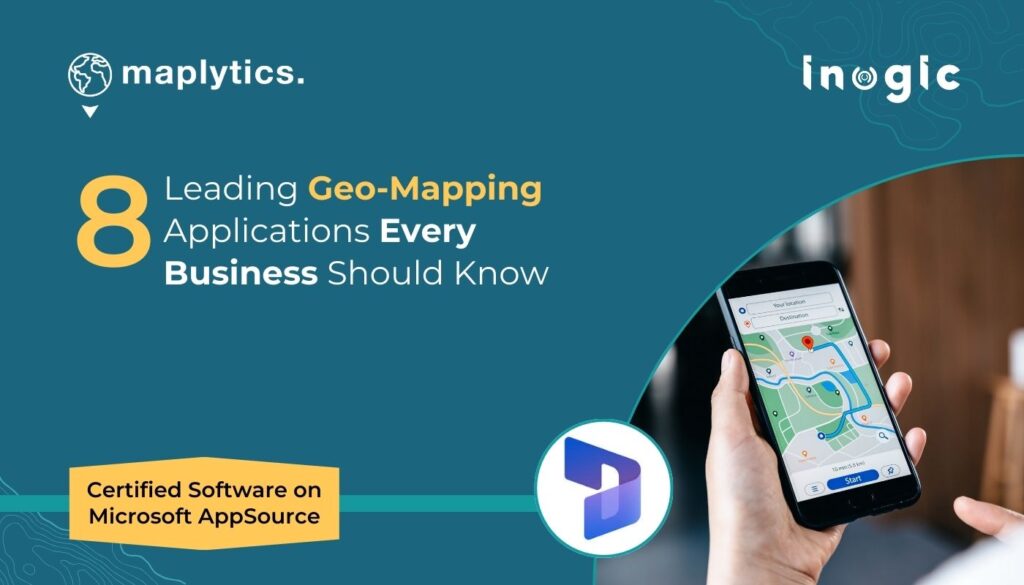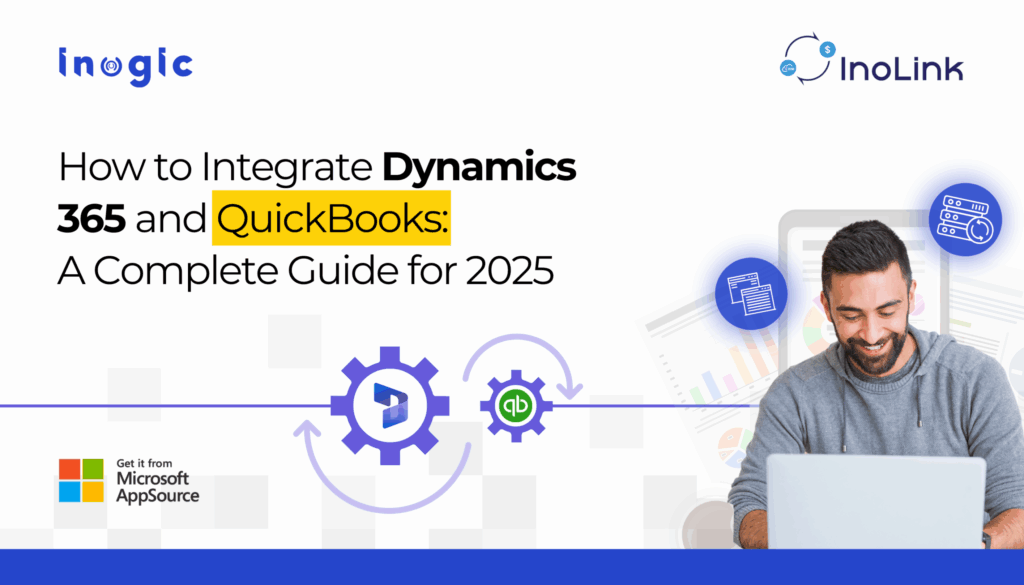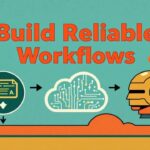Now Reading: Low Code Vibezzz: Can Power Platform Catch the Vibe Coding Wave?
-
01
Low Code Vibezzz: Can Power Platform Catch the Vibe Coding Wave?
Low Code Vibezzz: Can Power Platform Catch the Vibe Coding Wave?

What If Microsoft Could Start Over with Power Platform?
The world didn’t change overnight when AI arrived at our doorstep—it’s been creeping in for years. Quietly embedding itself into release notes, keynote demos, and C-level posts about copilots. But something has shifted recently. It’s not just about AI anymore. It’s about how we build.
Enter Firebase Studio—Google’s latest tool that reimagines app development in an AI-first world. You type a prompt. You get a working app. No need to understand frontend or backend development to get going.
To be honest, it’s not no-code or pro-code. It’s something new:
Vibe coding—live-coding an app while vibing with an AI.
But it raises a big questions:
If Microsoft could rebuild Power Platform today from scratch—would they? Should they?
 Power Platform: An amazing Low-Code product from Microsoft
Power Platform: An amazing Low-Code product from Microsoft
Let’s be clear—Power Platform is a success. It has matured into a serious contender in enterprise low-code. It integrates deeply into Microsoft 365, Azure, and Dynamics. It empowers organizations to build apps fast, with governance and security built-in. That’s huge
But like every long-running platform, it carries legacy and complexity that customers unfortunately need to understand.
- Canvas vs. model-driven.
- Custom pages vs. screens.
- ALM pipelines that almost work well, but are still too complex for makers.
- Two devs working on the same app? Still tricky.
Power Platform is constantly evolving, but having a hard time reinventing. Features are added, yes. Power FX, Copilot, co-authoring (kind of). But it’s like adding smart tech to a legacy car. You still feel the steering pull.
 Vibe Coding: The New Developer Mindset
Vibe Coding: The New Developer Mindset
Firebase Studio isn’t just impressive because of what it can do—it’s impressive because of how it makes you feel while building. You’re not clicking through menus or configuring controls—you’re coding through conversation. It understands intent, backend structure, and front-end flow. It speaks your developer language.
That’s vibe coding.
And it changes the entire mental model of app development. It doesn’t feel like low-code—it feels like the fastest way to get real code out of your head and into a product.
Microsoft’s Copilot in Power Apps made an early push in this direction, but the experience felt more like autocomplete than a creative partner. There’s still a gap between vision and execution—and that’s what vibe coding is beginning to fill.
 Are We Even Comparing the Same Fruit?
Are We Even Comparing the Same Fruit?
This is where we need to slow down. Comparing Power Platform to Firebase isn’t really apples-to-apples.
Power Platform is primarily about apps within organizations. It’s designed for internal users—business analysts, operations teams, HR, finance etc etc. The goal is to automate, digitize, and streamline internal processes, not launch a consumer product.
Firebase, on the other hand, is focused on external-facing apps. Think: public apps, customer portals, mobile-first products. It’s optimized for scale, authentication, telemetry, and UX polish.
So when people ask which platform is “better,” maybe we’re asking the wrong question. These tools are solving different problems for different audiences.
But here’s the thing: what if Power Platform could serve both?
 Should Microsoft Blur the Lines?
Should Microsoft Blur the Lines?
Right now, if you want to build an external-facing app with Power Platform, your path usually leads to Power Pages—a separate product, with its own learning curve and licensing model. But what if Power Apps could evolve to let you publish customer-facing apps without leaving the platform?
 Could Power Platform adopt more external scalability features?
Could Power Platform adopt more external scalability features? Could it support richer public UX design options natively?
Could it support richer public UX design options natively? Could it blur the line between internal tool and external product?
Could it blur the line between internal tool and external product?
If Microsoft wants to meet the expectations of the next generation of developers—raised on vibe coding, AI chat loops, and fast product delivery—these are questions worth asking.
 Pricing Models: A Mindset in Disguise
Pricing Models: A Mindset in Disguise
Firebase’s pricing is based on usage—you pay for authentication, reads, writes, bandwidth. It feels like you’re scaling your cost with your success.
Microsoft’s Power Platform pricing has historically been harder to navigate: per user, per app, per plan, per… something. Recent changes have simplified this somewhat, especially with the Developer Plan and Pay-As-You-Go licensing. But many organizations still feel that cost becomes a question before innovation can even begin.
This difference isn’t just a billing structure—it’s a reflection of platform philosophy. Microsoft monetizes the potential to build. Google monetizes the outcome of building.
 Power Platform: Building the Bridge Between Low-Code and Pro-Code
Power Platform: Building the Bridge Between Low-Code and Pro-Code
So here’s where we land.
Power Platform has done incredible work empowering business users to build. But the future of app development won’t be about choosing between low-code and pro-code—it’ll be about combining them, in a seamless, AI-driven workflow.
That’s what vibe coding hints at.
If Microsoft can continue to build that bridge—bringing Copilot closer to being a real dev partner, simplifying collaboration, supporting external users natively, and making the pro-code experience feel native, not bolted on—then Power Platform won’t just keep up… It will lead.
Because the real challenge ahead isn’t just catching up to new tools.
It’s embracing a new way of thinking about what an app is—and who it’s for.
Original Post https://crmkeeper.com/2025/05/22/low-code-vibezzz-can-power-platform-catch-the-vibe-coding-wave/













